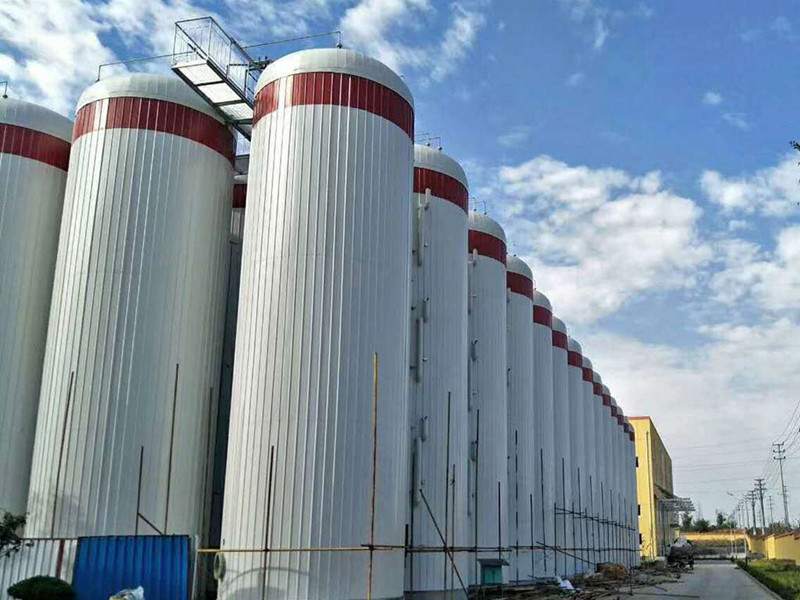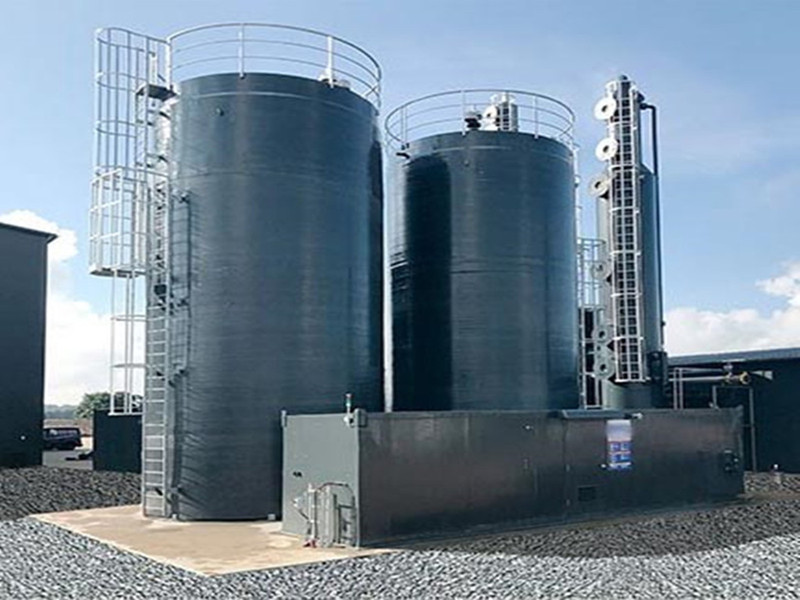Insulation Tanks – Energy‑Efficient, Custom, ASME Certified
Insulation Tanks industry update: what’s new, what actually works
I spent last month visiting fabrication shops from Hebei to the coast. One stop that stuck with me: No. 1289, Yingbin South Street, Jizhou District, Hengshui, Hebei, China—home turf for JRain’s fiberglass build line. It’s where a lot of the current demand for Insulation Tanks is being answered, especially for temperature-sensitive media in food, chemicals, and aquaculture. To be honest, the brief here is simple: keep heat where you want it, keep corrosion at bay, and don’t make maintenance a full-time job.

What’s trending now
Market-wise, we’re seeing thicker polyurethane (PU) jackets, smarter nozzle insulation details, and FRP outer shells replacing sheet-metal cladding. Why? FRP doesn’t dent easily, and it shrugs off salt, fertilizer mist, and many acids. Many customers say it’s the first time they’ve gone a year with “no sweating, no rust, no drama.” I guess the data backs it up: PU foam with k ≈ 0.022–0.028 W/m·K dramatically reduces heat loss in real-world use.
Core build and specs
| Diameter Range | DN500 mm – DN25000 mm (or custom) |
| Tank Shell | FRP (filament-wound per ASTM D3299 / ASME RTP-1; resin selected per media) |
| Insulation | PU foam or foam composites; density ≈ 35–60 kg/m³; thickness ≈ 30–120 mm |
| Outer Jacket | FRP laminate or other protective skins |
| Temperature Window | Around -20°C to +90°C (application-specific) |
| Design Pressure | Atmospheric to low-pressure service; consult for specifics |
| Service Life | 15–30 years typical, depending on media and UV exposure |
| Standards & Tests | ASTM D3299/D4097, ASME RTP-1, EN 13121; thermal k tested per ASTM C518; hydrostatic, spark, and hold tests |

How they’re built (quick process flow)
- Design: media, temperature profile, wind/seismic, nozzles, manways.
- Shell: FRP filament winding; corrosion barrier tailored by resin system.
- Insulation: sprayed-in-place PU or fitted foam segments; seams sealed.
- Jacket: FRP laminate wrap; UV topcoat where needed.
- QA/QC: hydrostatic test; holiday/spark test on lining; thermal hold test (e.g., Insulation Tanks charged to 70°C and monitored 24 h).
Where they shine
Hot process water, brine, CIP in dairies, syrup and glucose in F&B, sodium hypochlorite and acids in chemical plants, and surprisingly, hatcheries controlling water temps. One operator told me their 30 m³ Insulation Tanks with 60 mm PU cut heater runtime by “more than half”—their meter data suggested ≈55–65% savings, season-dependent.

Vendor snapshot (real-world differences)
| Vendor | Build | Max Ø | Thermal Performance | Certs (typical) | Lead Time |
|---|---|---|---|---|---|
| JRain FRP (Hebei) | FRP shell + PU + FRP jacket | Up to DN25000 | k ≈ 0.024 W/m·K (PU), real-world may vary | ASME RTP-1, EN 13121, ISO QMS (on request) | 4–10 weeks |
| Steel Fabricator A | Carbon steel + mineral wool + metal cladding | DN12000 | k ≈ 0.035–0.045 W/m·K | API-style shop QA, ISO 9001 | 6–14 weeks |
| PE Tank Maker B | HDPE tank + foam jacket | DN4000 | k depends on foam; temp limits lower | Factory QA | 2–6 weeks |
Customization and testing
Options include trace heating, inspection ports with insulated covers, food-contact resins, and enhanced UV topcoats. Thermal conductivity can be verified per ASTM C518; FRP laminate quality per ASME RTP-1 or EN 13121 procedures. A practical on-site test I like: charge the Insulation Tanks to setpoint, log external skin temps at 12 points; you’ll instantly spot cold bridges.
Mini case study
Dairy in North Asia, 50 m³ hot water Insulation Tanks, PU 80 mm, FRP jacket. Result: hold-time at 75°C improved from ≈6 h to ≈14 h; burner cycles dropped ~58% during shoulder season. Maintenance manager’s words, not mine: “we stopped chasing condensation.”
Citations
- ASME RTP-1: Reinforced Thermoset Plastic Corrosion-Resistant Equipment, ASME, https://www.asme.org
- ASTM D3299: Filament-Wound FRP Tanks, ASTM International, https://www.astm.org/d3299
- ASTM C518: Thermal Transmission Properties by Heat Flow Meter, ASTM International, https://www.astm.org/c0518
- EN 13121: GRP Tanks and Vessels for Use Above Ground, CEN/BSI, https://www.bsigroup.com
- AWWA D120: Thermosetting Fiberglass-Reinforced Plastic Tanks, AWWA, https://www.awwa.org
Latest news
-
Rectangular Tank Made of Fiberglass Material – Durable, Cost-Effective Liquid Storage SolutionsNewsNov.24,2025
-
Hollow Drill Rods for Efficient Drilling Operations in the Field | Durable, Lightweight & CustomNewsNov.23,2025
-
Powerful yt27 Rock Drill for Tough Mining Surfaces | Durable & PortableNewsNov.23,2025
-
Why the Reversible Drill Bit Is a Versatile Tool for All Your Drilling NeedsNewsNov.22,2025
-
Fiberglass Food Grade Equipment: Key Features, Benefits & Global ImpactNewsNov.22,2025
-
How a Drilling Rod Spirals Down Into the Earth: Tech, Trends & Global ImpactNewsNov.21,2025











